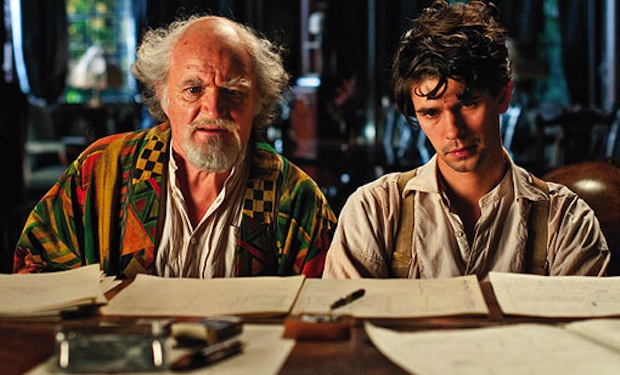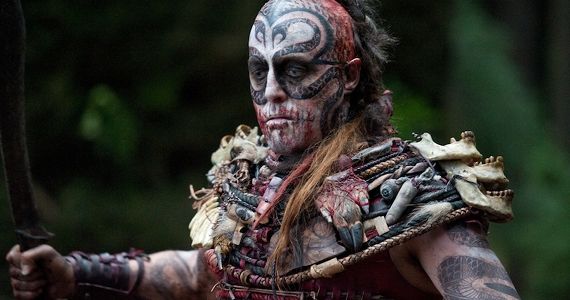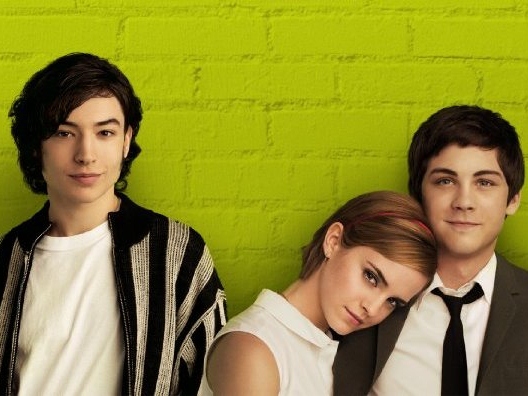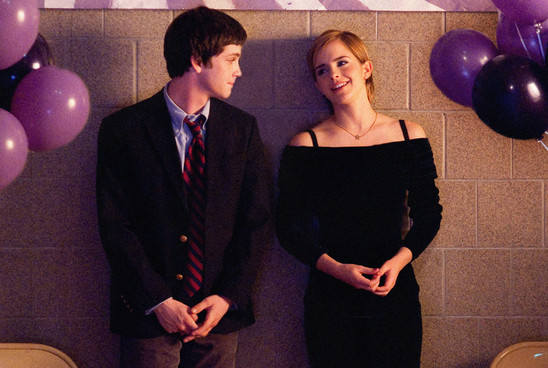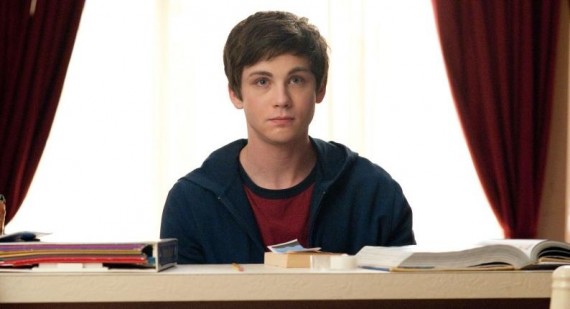So I saw the Desolation of Smaug for a second time last night and noticed some really quite bizarre things to do with the Nazgul. Let’s start by outlining the Nazgul’s history and then move on to how these new films have deviated from Tolkien’s legendarium.
The Nazgul: The Early Years
As we all know the Nazgul were once great kings of men, given nine rings of power by cheeky old Sauron. They lived lives of great wealth but one by one were all turned into wraiths and became Sauron’s most prominent servants. According to the Silmarillion, they first appeared as Ringwraiths in the Second Age (SA) 2251. Much later, 1190 years in fact, Sauron is destroyed by Isildur as seen in the prologue of the film The Fellowship of the Ring, and thus begins the Third Age (TA).
When Sauron lost the ring the Ringwraiths ‘dispersed’ but, just like Sauron, were not truly destroyed because the one ring survived. In TA 1300 the Nazgul reappear, led by the self-titled Witch-King of Angmar. From Angmar, a city north-west of the Misty Mountains, the nine led Sauron’s armies against the kingdom of Arnor, which was located east of the shire and west of the Misty Mountains. Weathertop, the ruin where Strider and the hobbits first encounter the Nazgul in FotR, is a remnant of this kingdom. By TA 1974, The Nazgul were successful in utterly wiping out Arnor.
In TA 1975 Earnur, the thirty-third and last king of Gondor (before Aragorn rocks up 956 years later), arrived with his army, too late of course. Yet he marched on Angmar, alongside the elf Glorfindel and the combined armies of Rivendell, The Grey Havens and Lothlorien, and they were victorious. During this battle the Witch-King escapes and Glorfindel makes the prophesy that the wraith will be killed in the far future, but not ‘by the hand of man’.
Divergence
This is where the movies stray drastically from the books. In the Rivendell scenes in An Unexpected Journey, Galadriel states that when Angmar was destroyed the Witch-King was KILLED and entombed in the high fells with special enchantments.
So, he can be killed by the hand of man apparently?
From memory, they never explicitly state ‘no man can kill it’ in the original three films, but in the end Eowyn kills the Witch-King, just like the prophesy said.
In this same scene (in AUJ) Gandalf also reveals the Morgul blade, retrieved by Radagast at Dol Guldur. The same blade, presumably, that the Witch-King will eventually stab Frodo with in FotR. The blade was supposed to be buried with them and so it is suggested that Sauron/The Necromancer has brought the nine back from the dead. It also seems that this blade is famous enough, and more importantly the title of ‘Morgul’ is famous enough that Gandalf, Galadriel, Elrond and Saruman all immediately recognise it. Which leads me to…
The Morgul Shaft*
In the Desolation of Smaug, Kili (or Fili) is shot in the leg with an arrow by Bolg, big bad CGI Orc #2. This arrow is referred to as a ‘Morgul shaft’, clearly implying that it has the same poison as the Morgul blade from FotR. This irks me for the following reason:
It is called a ‘Morgul’ blade because the Ringwraith’s base of operations AFTER they are chased out of Angmar, is Minas Morgul (formerly a city of Gondor, called Minas Ithil). If in the films the Nazgul were entombed after the destruction of Angmar, then they couldn’t have taken over Minas Ithil, which means there’s no Minas Morgul which means no Morgul blade.
Maybe they conquered Minas Ithil before turning their attention northwards to Arnor and Angmar? Well, maybe, and this is probably how they would explain it when asked, but this also doesn’t make sense. It takes a good 600 years for the Nazgul to deal with Arnor, and before that they weren’t even active, presumably they were too weakened by Sauron’s defeat. Yet the White Council recognise the blade and the name ‘Morgul’, which means that Minas Morgul must have been their base for some time.
In addition, Gondor wasn’t as derelict back then compared to how it appears in the films. They had destroyed Sauron, they were in control. The Ringwraiths couldn’t have popped up, nabbed Minas Ithil AND wiped an entire kingdom off the map. Even if they somehow did capture the city and turn it into Minas Morgul, they wouldn’t have been able to hold it AND conquer Arnor.
Peasant Elf
It took four nights and three days for Lord Elrond, one of the most powerful elves in Middle-Earth at that point, and wielder of one of the three elven rings, to heal Frodo after he was stabbed by the Witch-King. Yet in this film Tauriel does it in minutes. She uses Athelas, which Aragorn only uses to slow the poison in FotR, not cure it. This can all of course be explained away but in the end it really showcases how tenuous a plot device this Morgul shaft is. It’s very transparent that they needed Kili (or Fili) to get wounded, but stay wounded long enough that he has to stay behind in Laketown, and long enough that his love interest can rock up and save him.
A Questionable Phantom
In An Unexpected Journey, when Radagast goes to investigate Dol Guldur, he is set upon by what looks like a Ringwraith that sort of comes out of a statue, which also takes the form of a Ringwraith. Dol Guldur was originally an Elven fortress so it makes no sense for there to be statues of Ringwraiths there, and Orcs don’t strike me as the type to build beautifully carved statues of their superiors. Also, for no discernible reason, the phantom that attacks Radagast looks like the Nazgul when seen by someone who is wearing the one ring (except CGI this time). In DoS, we see quite a lot of Dol Guldur and yet the Ringwraiths are nowhere to be seen, in any form. This is extra odd when you consider that Sauron has apparently become strong enough to bitch slap Gandalf and snap his staff in twain. If he has the strength to do that, why not summon the nine?
Looking Forward
The third film is undoubtedly leading to a big arrival of the Nazgul, an origin story if you will. I am sure it will be utter nonsense. It just seems so weird to show them in phantom form in AUJ, and yet only hint at them in DoS, with the sundered tombs. Their thread throughout these recent movies is a bizarre one, and is a monumental waste of potential, along with many other things in this latest film.
If you read this whole thing you’re strange, but thanks.
Nerd essay over.
*Incidentally, this would make a great title for a LotR porn parody.

